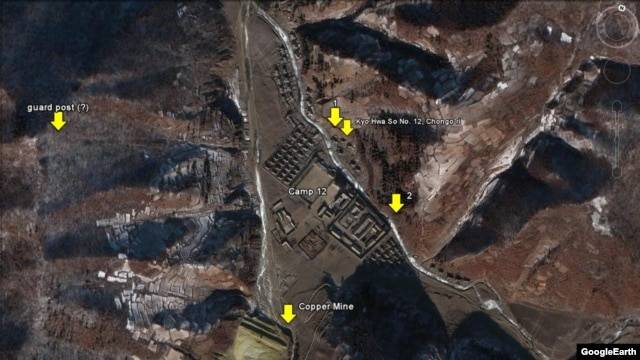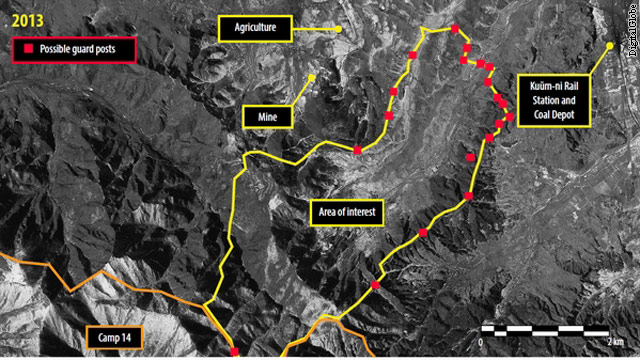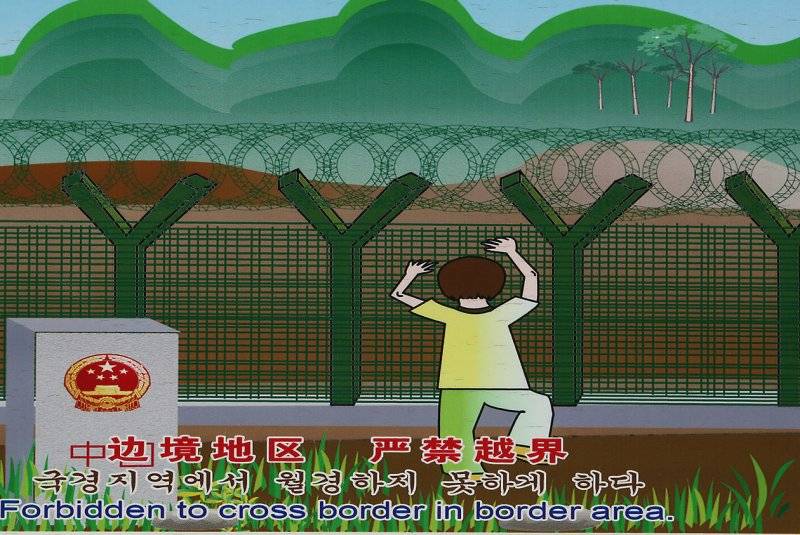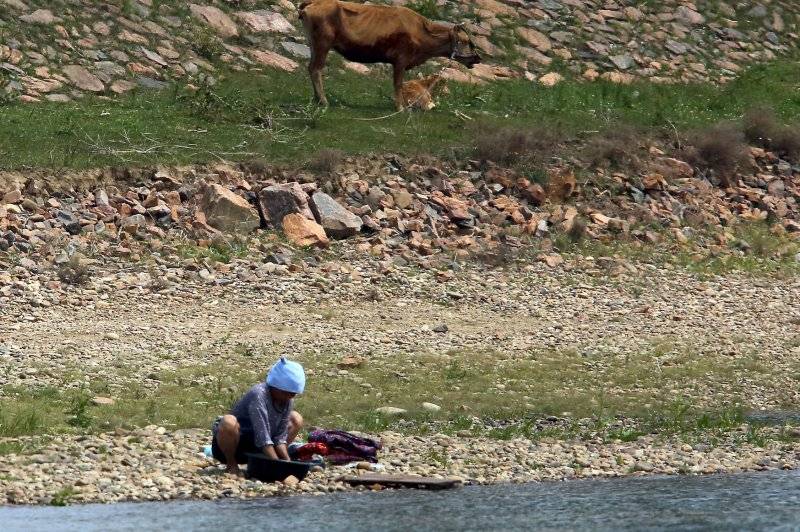Granny says, "Dat's right - dey can't deny an' hide it from the world anymore...

Google Earth Helps Put N. Korea Gulag System on Map
January 10, 2013 - Google Executive Chairman Eric Schmidt's visit to North Korea this week has been met with sharp criticism and low expectations, but the global Internet search giant indirectly is helping to make history by revealing one of the reclusive country's darkest secrets, say human rights activists.
Google Earth Helps Put N. Korea Gulag System on Map
January 10, 2013 - Google Executive Chairman Eric Schmidt's visit to North Korea this week has been met with sharp criticism and low expectations, but the global Internet search giant indirectly is helping to make history by revealing one of the reclusive country's darkest secrets, say human rights activists.
Google Earth, the company's popular satellite imagery product, might have been the last thing Schmidt would have wanted to showcase for his hosts, because it presents a bird's eye view of many things secretive North Korea wants to keep hidden. Human rights activists and bloggers have taken a Google program used mostly for recreation, education and marketing and applied it to map a vast system of dozens of prison camps that span North Korea, a country slightly smaller in area than Greece and home to 23 million people.
As many as 250,000 political prisoners and their families toil on starvation rations in the mostly remote mountain camps, according to estimates by international human rights groups. Schmidt's trip to Pyongyang with former New Mexico Governor Bill Richardson has been criticized by the U.S. State Department as ill-timed - coming weeks after North Korea conducted a rocket launch in violation of U.N. Security Council sanctions.

OneFreeKorea says this Google Earth screenshot shows the No. 12 Reeducation Camp at “Chongo-ri” or “Jeongeo-ri” in North Hamgyong Province, North Korea.
Rights activists are skeptical that celebrity visits to Pyongyang can produce meaningful results, but they are inclined to give Google credit for living up to its informal motto of "Don't Be Evil" when it comes to how Google Earth sheds light on North Korea. "What Eric Schmidt does or does not do in Pyongyang will probably be forgotten in a few weeks," said Joshua Stanton, a Washington lawyer who devotes his spare time to blogging and activism on North Korea human rights. "The good that Google has done, however inadvertently, by helping people tell the truth about North Korea, will probably be reflected in the history of the country one day," he said.
Google has characterized Schmidt's trip as "personal" travel, and Schmidt did not respond to requests for comment before leaving for Pyongyang. The company declined to comment on the use of Google Earth in monitoring North Korea. Richardson said last week he hoped to win the release of Kenneth Bae, a U.S. tour guide detained in the North since November.
Hidden gulag no longer so hidden
Last edited:





